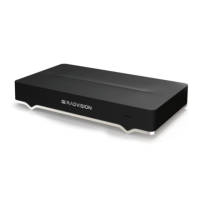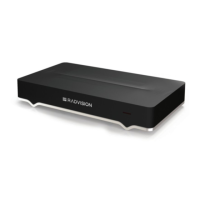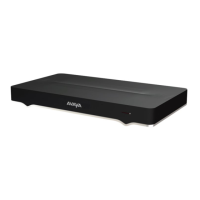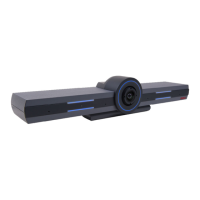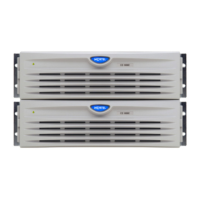Figure 98: Example of merging audio into two tracks
Figure 98: Example of merging audio into two tracks on page 151 also illustrates how the same
audio source (like computer audio or remote sound) can be routed to both tracks. However an
output device (like the monitor speakers) can only receive the merged sound of one of the tracks.
This restriction simplifies the possible routing scenarios, making this advanced setup easier to
manage.
For more information on connecting the microphones and speakers, see
Connecting Microphones
and Speakers to the XT Series on page 61.
This section details how to route any audio input or output to Track 1 or Track 2. Each output can
only broadcast one track.
Before you begin
If configuring from the endpoint, you must first enable advanced configuration, as described in
Enabling Advanced Maintenance on the XT Series on page 129.
Procedure
1. Access the audio output track settings. From the XT Series web interface, select
Administrator settings > I/O connections > Audio - Outputs > Tracks. From the
endpoint's main menu, select Configure > Advanced > I/O connections > Audio -
Outputs > Tracks.
Configuring Advanced Sound (Audio Output) Settings
January 2017 Avaya Scopia
®
XT Series Deployment Guide 151
Comments on this document? infodev@avaya.com

